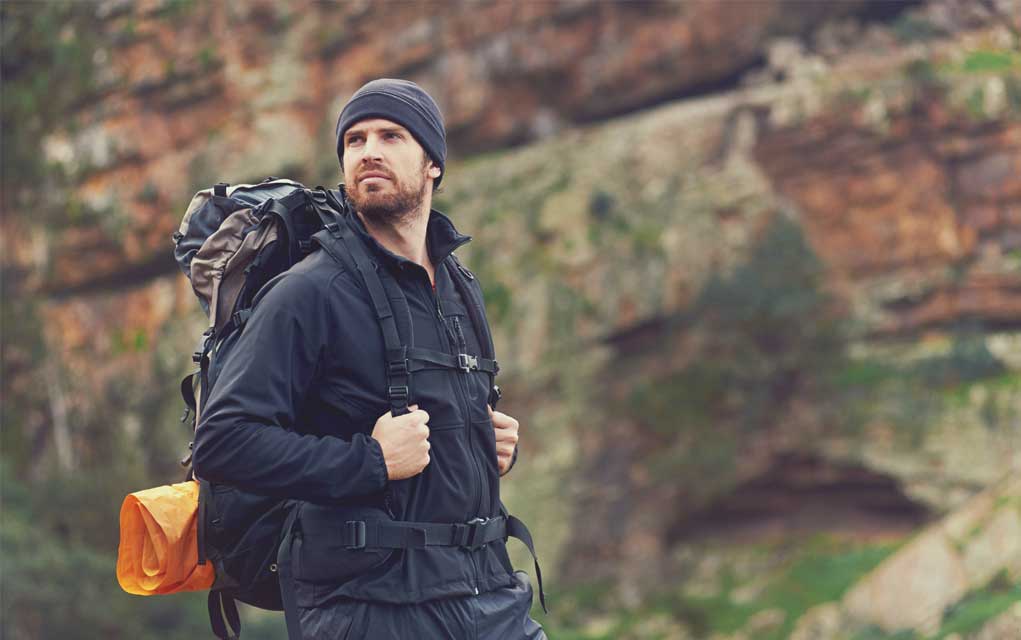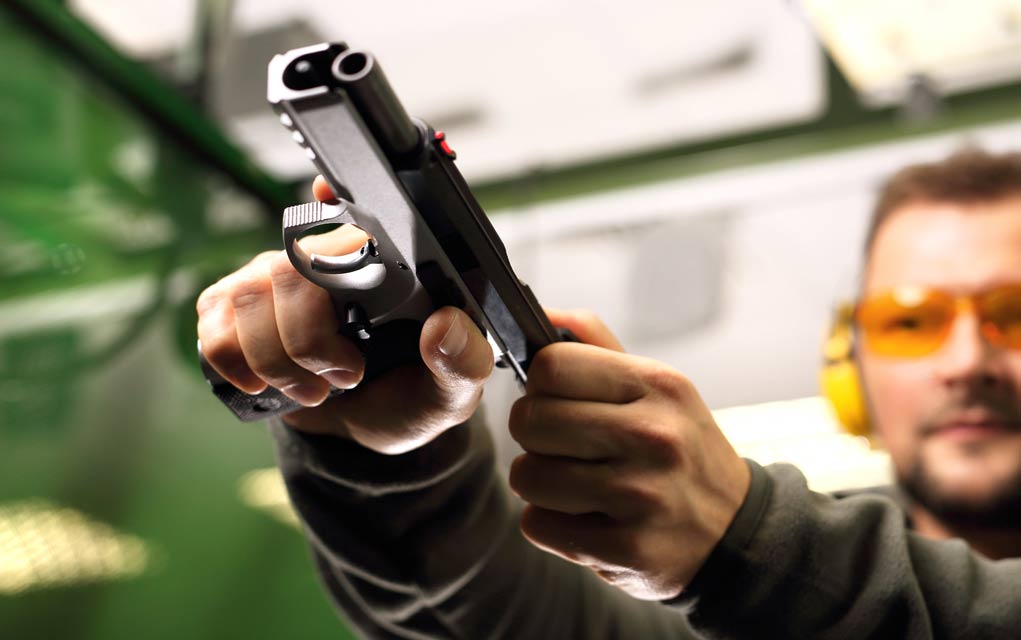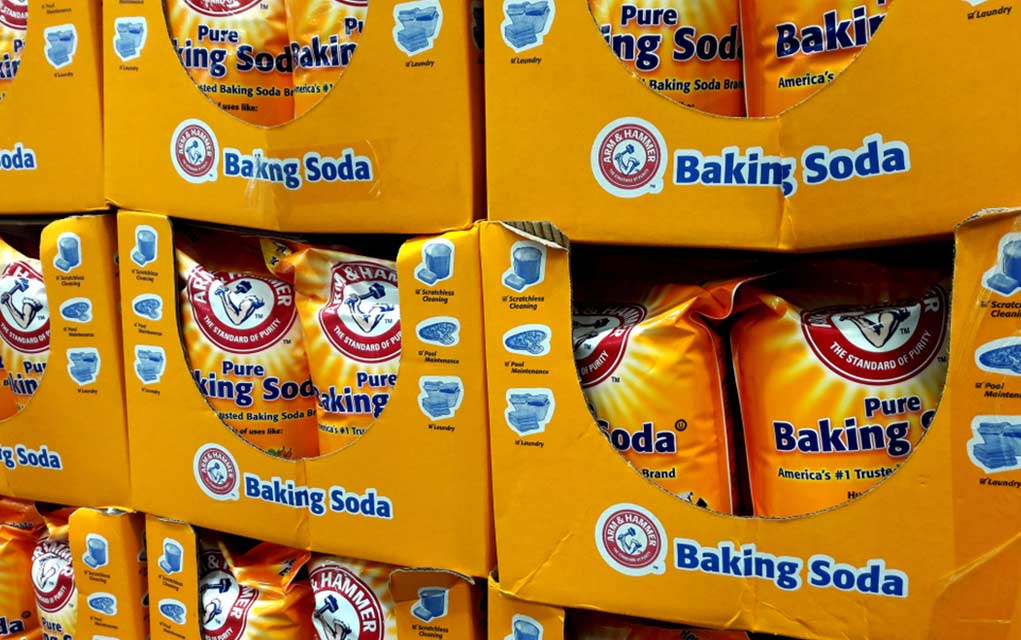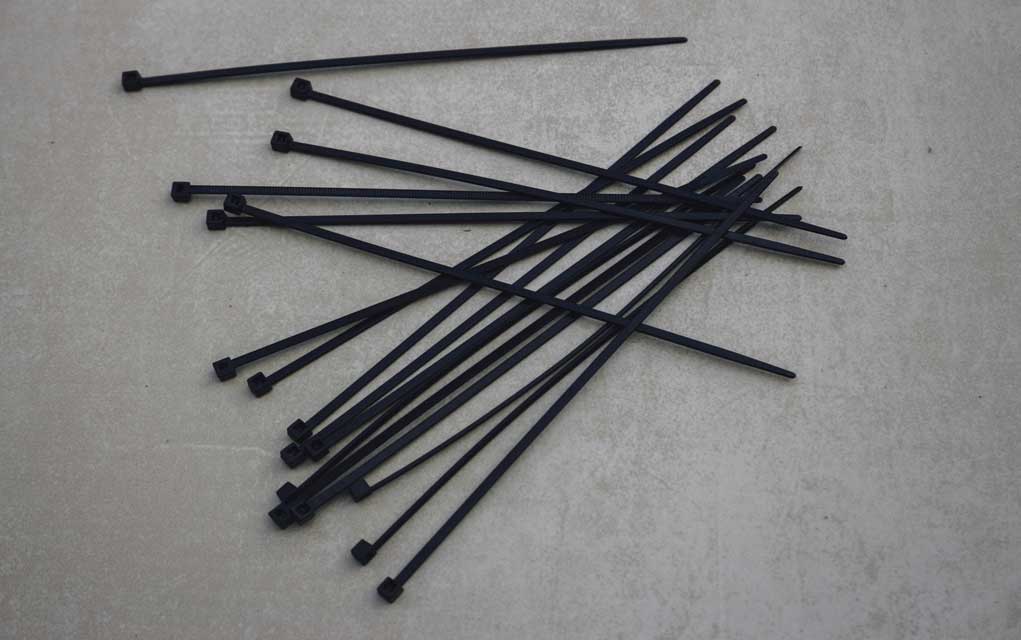(ModernSurvival.org) – This is a bold statement, but it’s the truth. The ONE survival bag that rules them all is the one that you carefully build and test yourself in a variety of adventures. There is no such thing as a one-size-fits-all survival bag. The consumer-grade survival bags on the market are nice tries and perhaps better than nothing, but so far from ideal, there’s no comparison to assembling your own Ultimate Survival Pack starting with This List.
“The first uses of your bag should be planned outdoor adventures (or three), not an actual emergency.”
The “ultimate” survival pack can cost a “head-of-the-household” upwards of $1,000 for a complete, high-quality, lightweight versatile pack. Other members of the family or group member packs can be lighter and less costly as each member does not need to carry certain redundant items. With this in mind, it’s best to build your pack of quality components that will last and ones that can add value to your daily modern adventures, not just disasters. Don’t just look at this challenge as just building a survival pack, this is the ideal backpack to design for many outdoor adventures you can enjoy with the family. It is tremendously enjoyable to learn to travel, camp, cook, and hike, limiting yourself to only what you can comfortably carry. It’s a truly empowering experience.
The Ultimate Survival Pack Mission
The ultimate survival pack should be designed for “indefinite survival” of the unknown. You don’t know how long a disaster might last and what you might encounter along the way. While it’s true that “most” disasters tend to be resolved in under 72 hours, emergency personnel can be stretched to their limits for several days after an event. If the shit really hits the fan and you need to be away from your home for any reason, you’ll be ready for that too.
A complete survival pack will have you prepared and strangely comfortable in whatever environment you happen to be in, whether you’re traveling, waiting for help, or helping others. No matter if the scenario is traveling in a vehicle or on foot, urban or wilderness, it’s the same pack. Your survival pack should be kept accessible to you, ready to support you in wherever situation you may find yourself in.
“While others may barely survive being away from their home without modern conveniences, you’ll be able to camp comfortably in just about any urban or wilderness situation”
The Ultimate Pack Selection
The most common bug-out-bag mistake is selecting a duffle bag instead of a backpack. While duffle bags work fine at home or in a vehicle, they are not easy enough to carry if you find yourself needing to move out on foot for any reason.
The ultimate backpack will be 55-75 Liters in volume. The backpack itself (empty) should weigh under 6 pounds and be rated to carry at least 40 pounds comfortably, with zero stress on your shoulders. Your pack should be fitted to you based on your torso length. Most all the pack’s weight should be carried in the pack’s integrated hip belt. The shoulder straps should gently rest against your chest, with an arch of a finger’s space over your shoulders, keeping the pack from tipping backward. You do not want to carry weight on your shoulders for any length of time. Your hips carry the real load with a quality backpack.
Your pack should be large enough to carry everything in the Ultimate Survival Pack List with some room to spare. As listed in the Ultimate Survival Pack checklist, the fully loaded pack (dry without water) is weighing in at about 30 pounds, with enough food to keep you going for a couple of weeks of careful rationing.
Your pack should also have a pouch designed to carry a water bladder, such as the popular Camelback. Since you don’t know how often you’ll be able to access a freshwater source, it’s important to be able to store as much water as you can comfortably carry for filtering and keeping your water bottle full.
In selecting a pack, if you have one nearby, go to a local retail outfitter such as REI and have a professional fit you to several of the in-store backpacks in the 55-75 Liter size, and they will happily load you up with 30 pounds of simulated load so you can feel the real thing. They will ask you what your objective is, and you might as well tell them the truth. You’re looking for a versatile lightweight backpack that would serve you well camping, hiking, traveling, or whatever comes your way. REI is a great company to do business with, but they are not usually the lowest price solution. What is great about REI is they will allow you to return and replace any item (even used–even months later). So you never waste your money with REI. You can literally try stuff out and keep returning and exchanging until you’re completely happy with your selection. For the lowest cost solution, consider doing your sizing and learning at a local outfitter, but do compare prices on Amazon for top-rated products.
When it comes to colors, it may be tempting to go with military-looking gear, but consider very carefully the advantages of blending in with the crowd vs. looking like a soldier.
Tents
Typical camping tents are much too large and heavy for lugging around in a backpack. Better-designed ultralight backpacking tents weigh under 5 pounds, pack small, and can help keep you warm and completely dry even in terrible weather. While a 1-man tent is the smallest and lightest, they lack the room for your gear or a guest. 2-man tents are a better bet, or if you have 2 small children, a 3-man tent might do the trick.
Sleeping Bags
Most sleeping bags are too large and heavy to carry in a backpack, not able to keep you comfortable in a wide range of temperatures. Depending on where you live, you’ll want to select a backpacking-quality bag stuffed with “800-Fill” goose down. The synthetic options are not as warm and light as premium down-filled bags. Keep in mind that even if a bag is rated down to 20 degrees, that is only a survival temperature rating. For “comfort,” you should knock at least 10 degrees off the rating. For example, if it gets below freezing where you live, don’t try to get by with a 32-degree bag. You’ll want a zero or 15-degree bag and silk underwear designed for being comfortable in the temperatures you could encounter.
“Surviving the unknown requires thinking and staying alert, which requires enough sleep. If you are too cold and uncomfortable to sleep, you are less likely to survive.”
Your ideal sleeping bag will be mummy-shaped, and when it is zipped up, it should have an opening just large enough for your face to breathe but tight enough to keep the cold air out and your body heat inside. When traveling, your sleeping bag will be jammed into a “stuff sack” and compressed down to about the size of a football weighing only about 3-4 pounds.
Your Sleeping Pad
Sleeping on the ground is not an option as the ground can suck out your body in a hurry. There are a number of sleeping pad designs, including ultralight inflatables, insulated inflatables, and foam pads. Generally speaking, most people prefer light inflatables as they tend to be more comfortable, lighter, and pack down the smallest.
The Pillow
While you can pack a stuff sack with your dirty laundry and have it make due as a pillow, with the value of sleep being literally priceless, it’s a lot more comfortable to own a light, inflatable camp pillow that is designed to fit in a mummy-style sleeping bag.
The Stove
The ability to cook and heat water for coffee, tea, soup, or warm meals makes camping much more comfortable. The best modern options for heating and cooking are small portable multi-fuel backpacking stoves. For fuel, you can use paper, twigs, wood, or smokeless solid fuel cubes. (1) 14-gram solid fuel cube will boil approximately 2 liters of water in your titanium cookware set. Dehydrated survival food usually comes in convenient pouches ready to pour into your boiling water, let sit for 10 minutes, and eat.
The Lighting
If you don’t already own a lightweight, waterproof, single-AAA headlamp, you’ll come to appreciate the value of one. First of all, you don’t want a heavier, higher-powered one that typically takes 3 or more batteries. You’ll use your headlamp for safely moving around your campsite or navigating a trail after dark while consuming very little power. When it comes to a longer distance spotting light, your tactical flashlight will get the job done. A good one will also have a sharp bevel that makes it an effective self-defense weapon. We recommend a tactical flashlight that takes 3 AAA batteries. During the day, you can recharge your AAA batteries with your solar charger to keep both your headlamp and flashlight powered indefinitely.
Shoes and Socks
Do not take chances with your feet. When you must move around and especially carrying a backpack, you’ll need the right broken-in shoes and socks to safely mobilize. If you make a mistake on this step, you can find yourself with debilitating injuries (blisters) that come on in about an hour and then take several days to heal before you can safely move again. Blisters can literally kill you from immobility and/or infection, so do not take shortcuts. Only non-cotton wools and wool-blend synthetic socks designed for long-distance hikers along with over-size shoes will work. That’s right, whatever size shoe you think you are, when you’re on the move and carrying weight, you need between a ½ and a full shoe size larger to allow for swelling. You wouldn’t want to break in a new, unproven pair of shoes in an emergency, so I recommend getting fitted at REI and then walking a few miles on uneven ground with a backpack to really see how your shoes or boots perform under real pressure.
Survival Clothes
When it comes to warmth, layering is the key. Forget about packing big poofy jackets; they are not practical. You’re better off with silk or thermal underwear layer, followed by a breathable moisture-wicking sport shirt material layer, followed by a fleece layer, and a wind/water breaking layer.
As for below the belt, start with antimicrobial underwear designed for serious travel and hiking. The brand listed can keep you dry and healthy for several days of travel long after normal underwear would miserably fail. Next, you’ll want to have thermal underwear on hand for colder temperatures. For your pants, you’ll want to be prepared to contend with bad weather, foxtails, prickly stickers, stinging nettles, thorny bushes, and/or broken glass. Our favorite brand of tactical pants are comfortable enough to wear daily, civilized enough for dinner at a nice restaurant, and stand ready to battle the elements at a moment’s notice.
Communications
When mobile networks are down, the typical 2-way radios sold to consumers at retailers are likely to be all jammed up with too many people trying to communicate on the same limited channels. More powerful multi-band 2-way radios are available which can access everything from NOAA weather to emergency, FM, consumer band, business bands, marine, aviation, and HAM radio frequencies. These powerful multi-band 2-way radios can be purchased for $30-50 each; however, they require some study to learn to use safely and effectively. There are also innovative new technologies that enable you to create a small private network to support your existing mobile device when the mobile networks are down. Satellite phones are another technology that may still work in the event mobile networks go down for any reason.
Drinking Water
In an emergency, there is no telling when you might have access to drinking water again, so it’s best to carry as much as you can within reason. The Camelbak bladder insert is designed to hold as much as 3 liters of water in your backpack. Since water is heavy, it means each member of your group needs to carry their own water—even kids. Water can be added filtered or unfiltered to your Camelbak. Either way, it’s best to filter this water into your water bottle. Remember to add some powdered electrolyte to your water bottle after any strenuous activity to keep your brain and your muscles firing as they should. You will need to drink roughly 100 ounces of water per day to keep hydrated under normal circumstances and 25% more during strenuous activity. Since your Nalgene water bottle holds 24 ounces, you’ll need to consume 4-5 full bottles per day. Your 3-liter Camelbak water bladder will refill your water bottle just 4 times. So, to summarize, you’ll need to filter a full water bottle + fill your entire Camelbak to last a full day of activity without another source of water. When you do find a source of water, you should take advantage of it and top off your reserves. The carbon filter attached to your Camelbak will filter out most sediment and bacteria that can make you sick. One filter will filter approximately 100 liters or 3 liters for 30 days.
Food
In an emergency where you may not have access to food for some time, a well-stocked survival pack can keep you alive and healthy for weeks. If you are confident your unscheduled adventure will only last a few days or less than a week, you can eat and share as much as you want. In fact, you could survive a week without eating anything. If you are literally facing the unknown and don’t know when is the next time you’ll have access to food again, then you’ll need to be thinking about rationing. It’s a misconception that humans “need” to eat as often as we do. When we deny ourselves regular access to carbohydrates, our bodies quickly convert to highly efficient fat-burning machines. The first order of business is dropping unnecessary fat you may be carrying. That will happen automatically; just don’t eat for the first few days or eat very little, just once per day. Don’t worry, you’ll be perfectly fine. It’s an unfamiliar experience to those who have not tried a 3-5 day water-only fast, but it’s much easier and more comfortable than you might think. In fact, as your body converts to burning fat, you may start to feel better than you’ve felt in years. Don’t wait for an emergency to have this experience. You can do a 3-5 day water-only fast now and experience the benefits for yourself. Once you’ve set up camp, you can consider hunting or fishing as a way to make your food stores last longer.
Hunting and Fishing
In a disaster with no end in sight, it’s important to save your non-perishable food stores by supplementing with hunting or fishing whenever possible. Ideally, your survival kit should include small game snares and a small telescopic fishing rod, reel, and lures you can use to catch small game, fish, and birds. We did not include an Amazon link to fishing gear since the selection will depend greatly on the location of salt or freshwater species.
Experience
At the end of the day, experience is the best teacher. You have to go out there, do your own research and figure out what works best for you and your situation. Bring your pack with you on any adventure and learn to use and rely on your gear. Don’t be “that guy” (or “gal”) that owns gear but has no clue how or when to use it. Education, training, and practice are the keys to survival.
~Here’s to Your Survival!
Copyright 2022, ModernSurvival.org













